
After 46 years of liberation of the South and reunification of the country, Ho Chi Minh City has made great achievement with particularly impressive works, contributing to changing the face of the city. With a population of over 13 million, the city aims to become a smart and modern urban area.
After 46 years of liberation of the South and reunification of the country, Ho Chi Minh City has made great achievement with particularly impressive works, contributing to changing the face of the city. With a population of over 13 million, the city aims to become a smart and modern urban area.
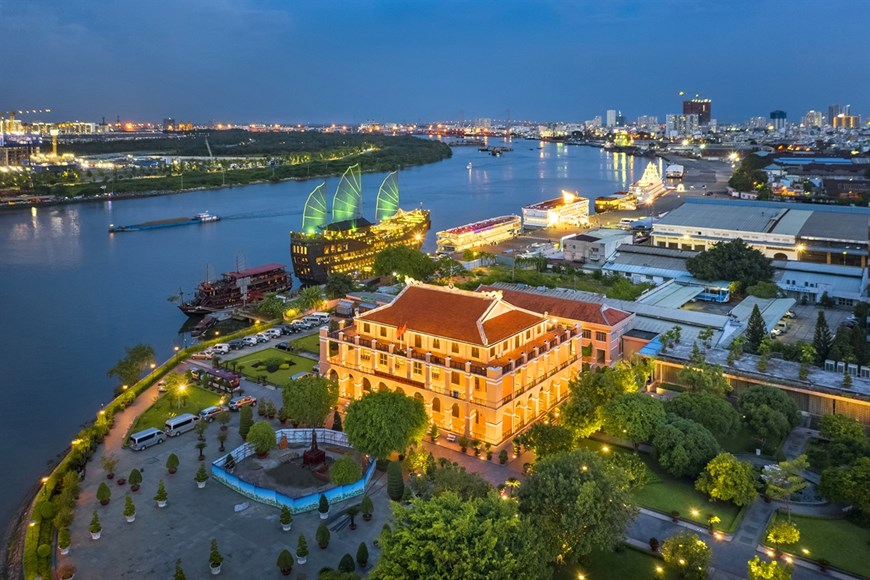 |
| Nha Rong Wharf, originally a major trading port in the South, was built in 1864 on the Saigon River. Nha Rong Wharf is where President Ho Chi Minh set off to find a way to save the country. Today, Nha Rong Wharf is a tourist attraction. |
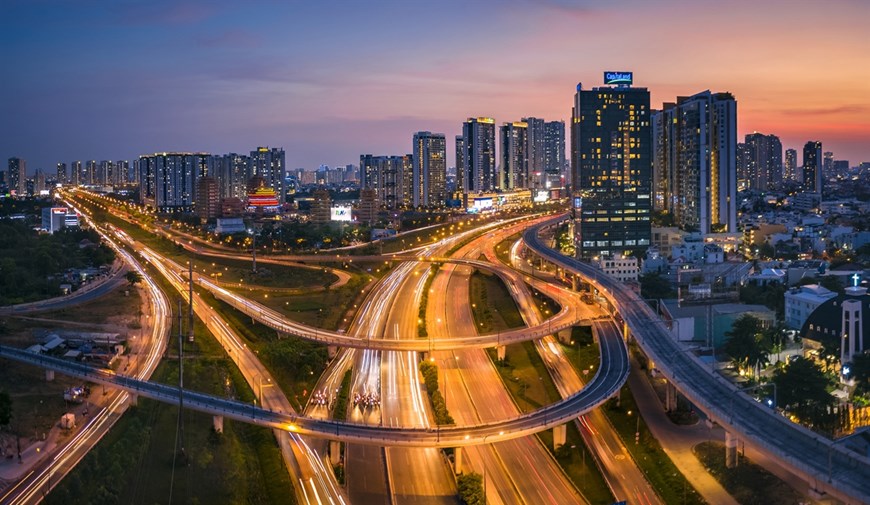 |
| Cat Lai T-junction, the gateway to the city. |
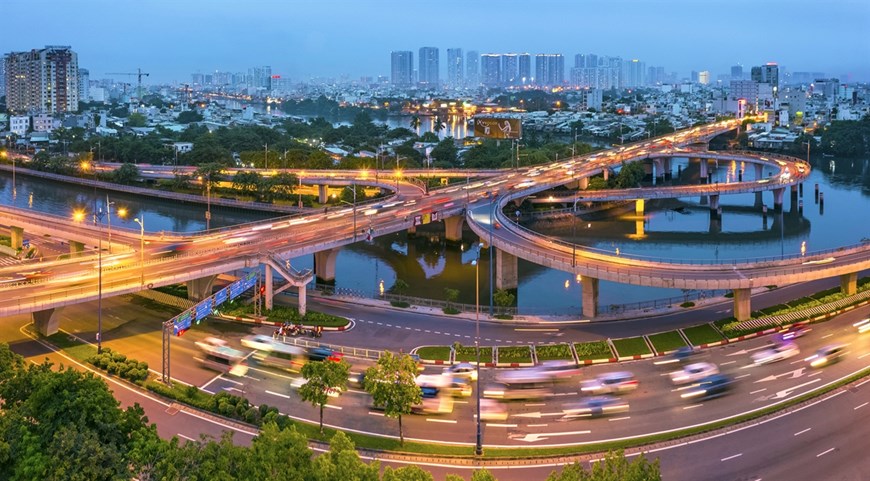 |
| The 17.8-kilometer long, 120-meter wide Nguyen Van Linh Boulevard begins at Huynh Tan Phat Street in District 7 and ends at National Highway 1A in Binh Chanh district. It has 10 lanes and 40 bridges and total investment of 100 million USD. It plays an important role to the development of the city’s southern region as it links to such key projects as Tan Thuan processing and exporting zone, Phu My Hung urban area, Hiep Phuoc industrial zone, Hiep Phuoc port, Phu My bridge and Thu Thiem new urban area. |
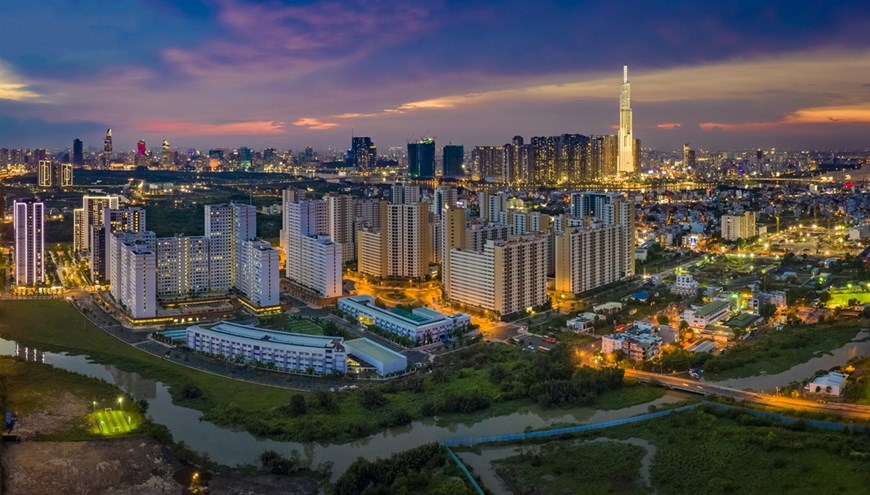 |
| District 2 in the city’s eastside boasts favourable conditions to form a new urban area. It is a traffic hub for road, inner railroad and waterway, connecting the city with Dong Nai, Binh Duong and Ba Ria-Vung Tau provinces. The newly urbanised district is expected to become a new trade and finance centre of the city in the future. |
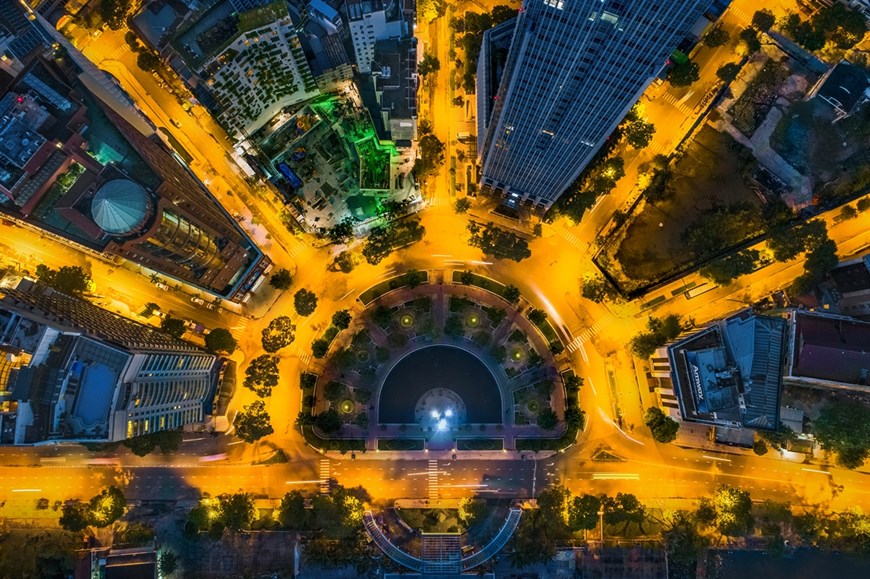 |
| Ho Chi Minh City has the largest road system among urban areas in Vietnam with a total length of over 4,000 km. |
 |
| A view of Ho Chi Minh City from Sai Gon river. |
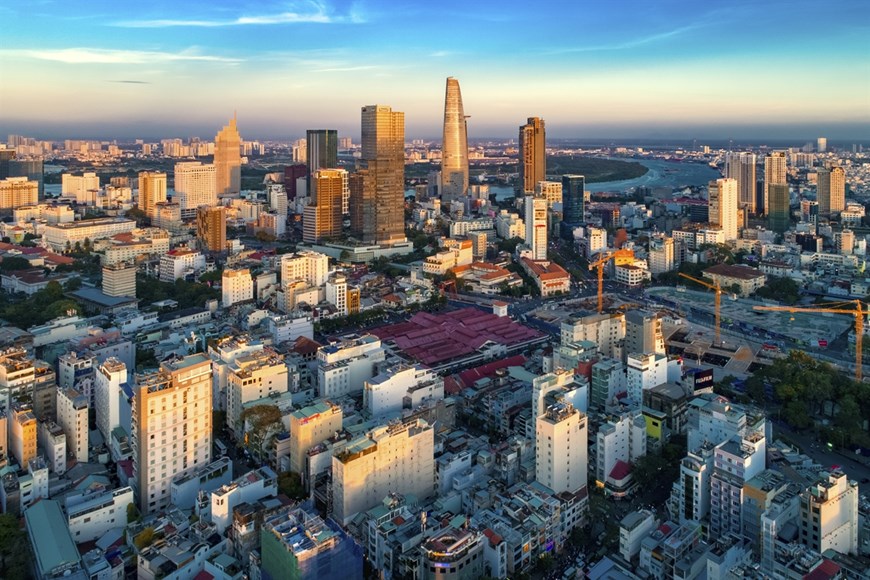 |
| District 1 is considered the busiest district, with the highest living standard in all aspects. Dong Khoi street and Nguyen Hue pedestrian street are the major business streets in the district. |
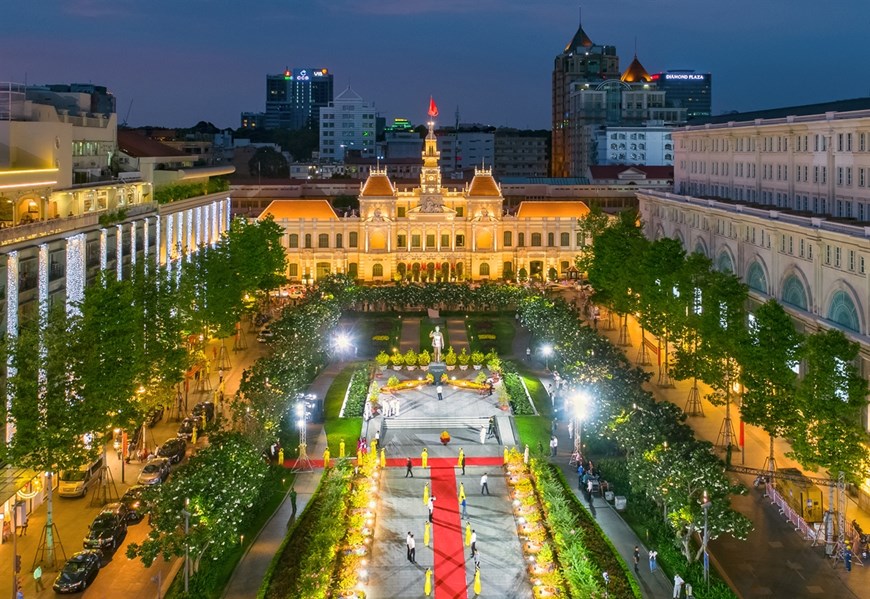 |
| The building of the municipal People’s Committee is a symbol of the city. The building features well-preserved French colonial architecture in a spacious garden landscape. Originally constructed as a hotel in 1898 by French architect Gardes, it now serves as a city hall and one of the city’s most iconic landmarks. |
(Source: VNA)





